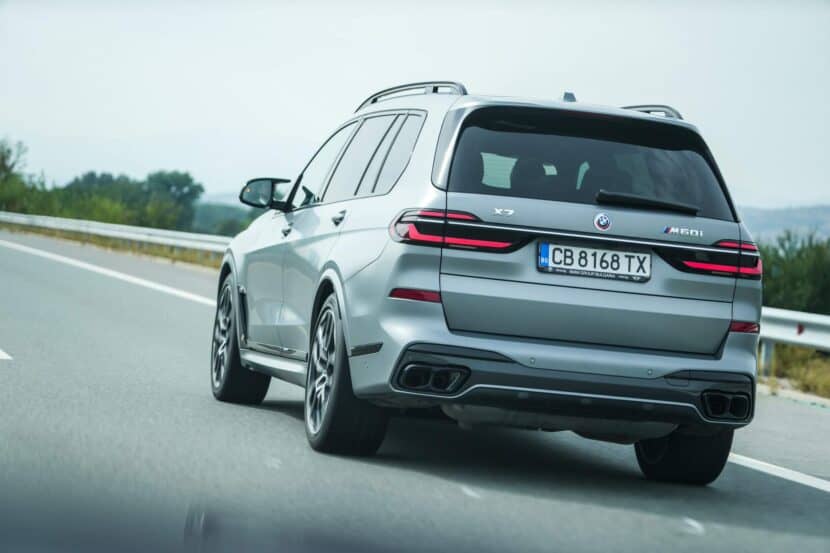We’re living in a bittersweet timeline considering downsizing is in full swing but there are still a few notable exceptions of cars with large-displacement engines. BMW’s V8 is a survivor, and the M division has promised to keep the twin-turbo 4.4-liter mill until the end of the decade. It might even survive past 2030 in regions of the world where emissions regulations are not as strict, such as the United States.
When BMW gave the X7 a radical mid-cycle facelift last year, it rebranded the M Performance version from M50i to M60i. The decision was taken to highlight a change underneath the hood where the sporty luxobarge received the new mild-hybrid engine dubbed S68. The powertrain didn’t come with extra oomph but it did promise better efficiency courtesy of the 48V tech. This new video focuses on the performance delivered by BMW’s latest (and maybe even its last) V8.
For a vehicle that weighs 2,600 kilograms (over 5,700 pounds), the BMW X7 M60i is impressively fast. It managed to hit its top speed limiter without breaking a sweat while being driven at full tilt on an unrestricted section of the Autobahn. The M Performance X7 got up to 155 mph (250 km/h), and should you want to go even faster, the more powerful ALPINA XB7 will do 180 mph (290 km/h).
It’s not just the way it picks up speed that impresses but also how perfectly stable and comfortable the X7 M60i remains even when the accelerator pedal is pushed to the floor. When it comes to in-gear acceleration, it did 62 to 124 mph (100 to 200 km/h) in 11.55 seconds whereas its predecessor, the X7 M50i, needed 11.86 seconds.
There’s a lot to like about the X7, especially in this M60i flavor, although the Life Cycle Impulse sparked controversy due to the unusual split headlight arrangement. In addition, the asking price keeps going up, reaching $108,700 for the 2024 model year in the United States, before options. That said, it’s still much cheaper than the 2024 ALPINA XB7 which will set you back an eye-watering $149,400.
Source: AutoTopNL / YouTube

